Street art in the Egyptian Revolution
-
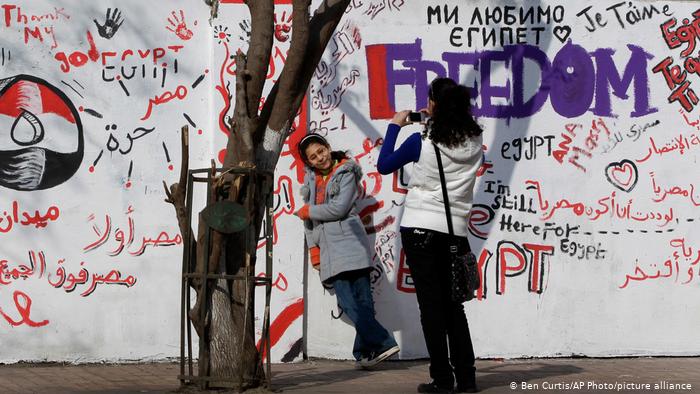
A time to hope: it's the beginning of the revolution in 2011 and young Egyptians stick together in the face of former President Hosni Mubarak's oppressive regime -
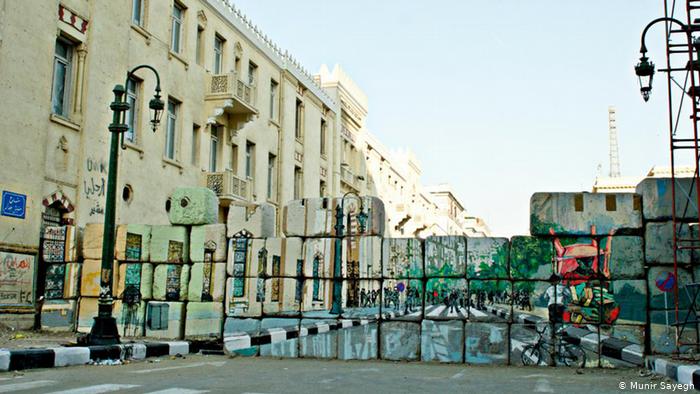
Symbol of protests: graffiti artists often painted on the walls in Mohamed Mahmoud Street, the centre of clashes between protesters and security forces in Cairo in 2011 -
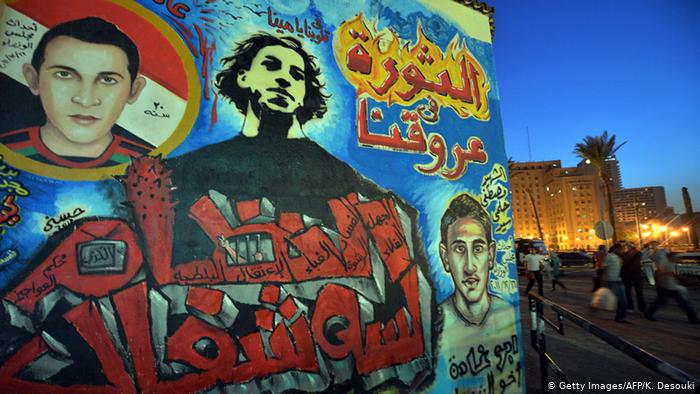
Early days: graffiti made at the outset of the protests has slogans which say, "Revolution is in our veins" -
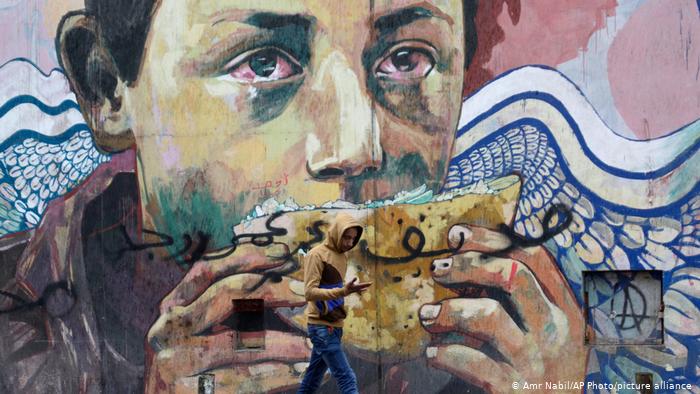
Common woes: another mural by Ammar Abo Bakr, painted at Mohamed Mahmoud Street, shows a tearful boy holding a piece of bread -
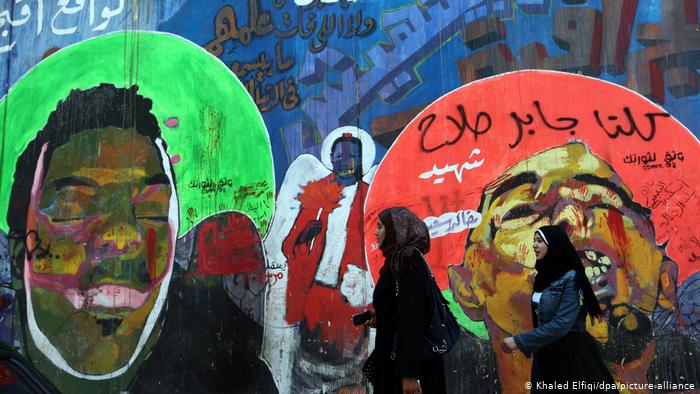
Victims of the revolution: this mural depicts the brutal beating and murder of Egyptian blogger Khaled Said in 2010 -

Dwindling hope: this street painting shows Egypt's former ruler Hosni Mubarak, former military chief Mohamed Tantawy and former President Mohamed Morsi. The words in Arabic read, "No, the Brotherhood's Constitution, it's still valid" -
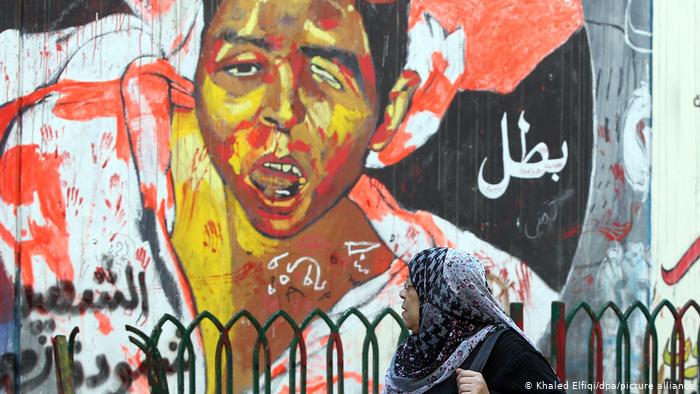
Speaking through art: street artists used images like these to communicate their dissatisfaction with the regime and to also create awareness about the plight of ordinary people -
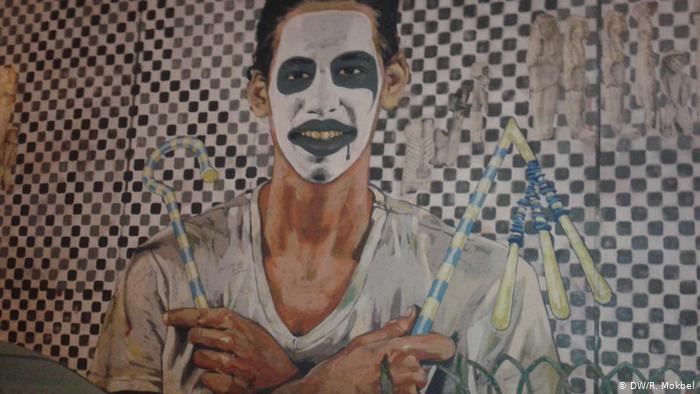
The last pharoah wins: it's 2014, and ousted ruler Hosni Mubarak has been released from prison. Will President Abdul Fattah al-Sisi lose his popularity? This painting shows a man with a clown mask holding ancient Egyptian sceptres of kinship -
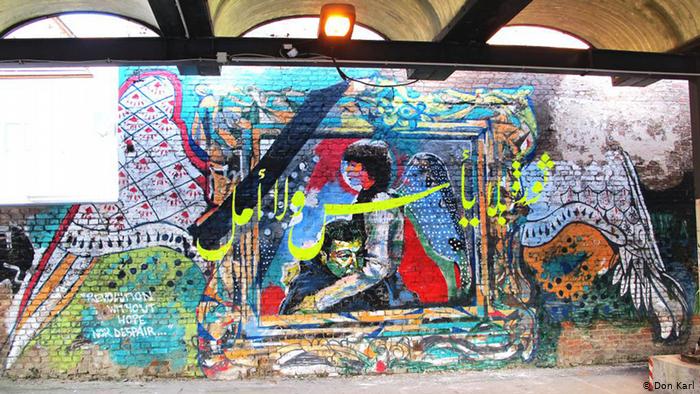
'Revolution with neither hope nor despair': this mural by Ammar Abo Bakr was made in Berlin in 2015, following the death of Shaimaa al Sabbagh, an Egyptian poet and activist -
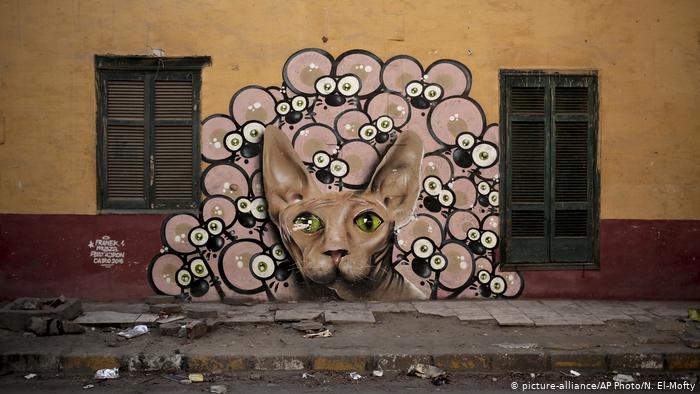
No space for art: this recent picture that was painted by Polish artist Lukasz Zasadni adorns the walls of a cemetery in Cairo. Street murals are no longer very common in Egypt
https://qantara.de./en/node/19143
Link
To all image galleries
